Sage herb Profile
Written by Joy
Oct 28 2021
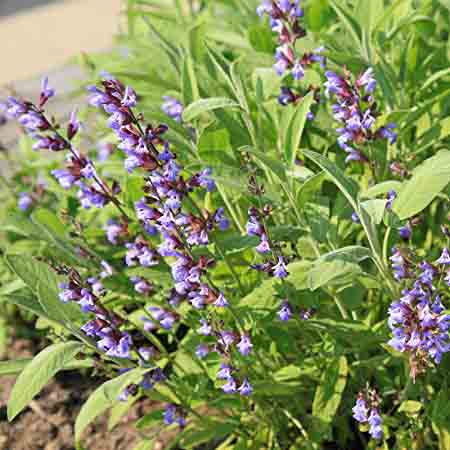
Sage herb is an annual herb of the Lamiaceae, Sage herb genus. Its stem is erect, the plant is 30-100 cm tall, the plant is clumpy, and the plant is pilose. The stem is generally quadrangular columnar, and the hairy lower part is slightly lignified. The leaves are opposite, oblong, with obvious green veins, hairless on both sides, and glandular spots on the lower surface. The fibrous roots are dense. The terminal raceme, the inflorescence is 15 cm or more long; the bracts are small, blue-purple, and the flower buds are wrapped before flowering; the peduncle is densely covered with blue-purple pilose. The calyx is bell-shaped, blue-purple, glandular pilose on the outer side of the calyx. The flowering period of the Sage herb is from June to September.
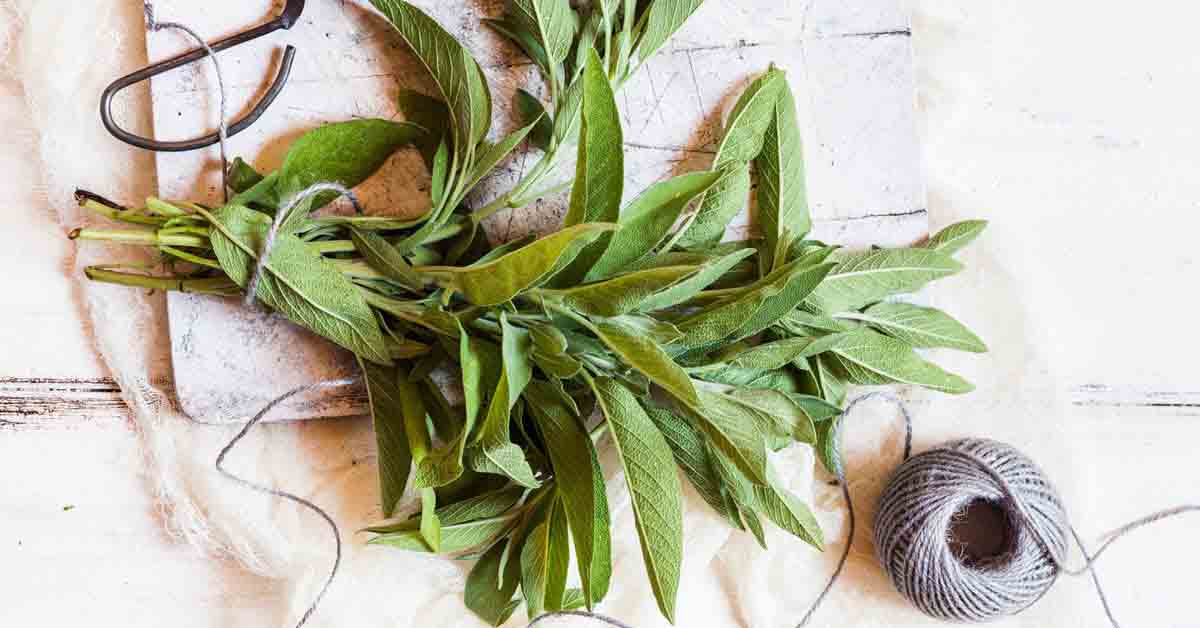
Sage herb is often cultivated as a kitchen herb or as a medicinal herb. It can also be used to extract essential oils and make sachets.
Sage herb morphological characteristics
Sage is an annual herb; its fibrous roots are dense. The stem is erect, 40-60cm high, blunt quadrangular, grooved, sparsely pilose, or nearly glabrous along the edges.The lower part of the stem of sage leaves is a bipinnate compound leaf, the petiole is 7-9cm long, the abdomen is concave and dorsal, sparsely pilose or glabrous, the leaf length is 6-10cm, the width is 5-9cm, and the upper part of the stem is One pinnately compound leaf, with a short stalk, terminal leaflets lanceolate or rhomboid, up to 10cm long, 3.5cm wide, apex acuminate or caudate acuminate. The base is long and wedge-shaped. While the edges are bluntly serrated, sparsely soft hairy or both sides glabrous, herbaceous, lateral leaflets oval-lanceolate, 1.5-5cm long, 0.8-2.5cm wide, apex acute or shortly acuminate, base oblique and nearly round, and the rest with terminal leaflets same, nearly sessile.
The cyme of sage has 2-6 flowers, which form an elongated raceme or branch to form a raceme panicle, and the inflorescence is terminal. Flowering from June to September. Bracts and bracteoles are lanceolate, 2-5mm long, 0.5-1mm wide, entire, apex acuminate, base cuneate, and both sides glabrous. The pedicel is 1-1.5mm long and is pubescent; the rachis of the inflorescence is densely glandular or glandless and sparsely pilose. The calyx is tube-shaped, 4-6mm long, with sparsely glandular pilose on the outside, white bristles on the inside of the throat, two-lipped, cleft lip up to 1/3 of the length of the calyx, upper lip triangular or nearly semicircular, The length is about 2mm, the width is 3mm, the whole edge, the apex has 3 small pointed heads, the lower lip is nearly the same length as the upper lip, and the width is about 3mm. The teeth are half-cleaved into 2 teeth. The teeth are triangular in length and tapered in length. The corolla is pale red, lavender, light blue to white, about 12mm long, densely pilose on the outside, with oblique sparse pilose loops 2.5-4mm from the base on the inner surface, the crown tube is straight, cylindrical, about 9mm long, outside Extend, the base is 2mm wide and gradually widens upward.
Sage herb growth habit and growing environment and distribution
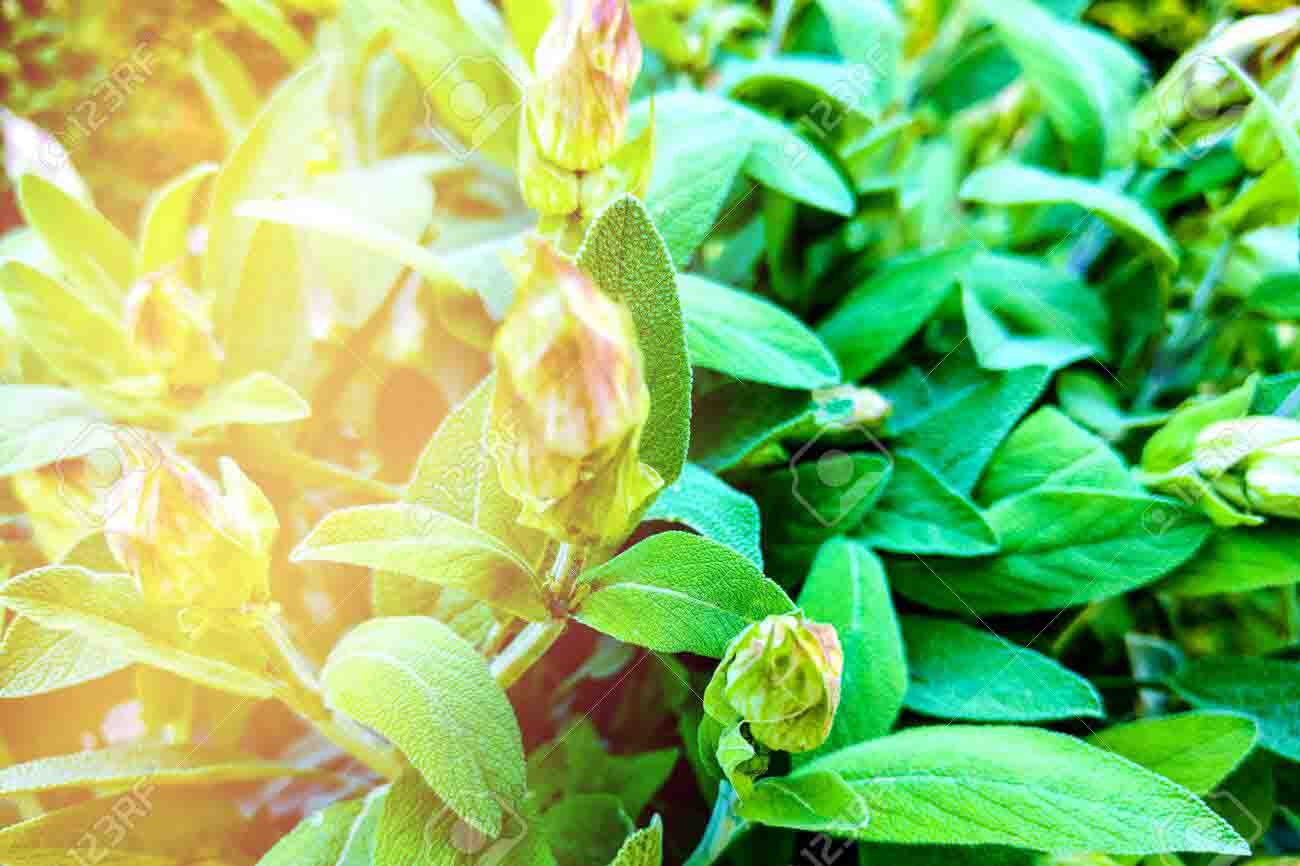
Sage's tail grassland is produced in southern Europe and the Mediterranean coast. Japan is also distributed.
Sage herb efficacy and role
Edible value
The leaves have the functions of sterilization, sterilization, antitoxin, detoxification, and anti-epidemic, and can be eaten cold; the stems, leaves, and flowers can be brewed in tea to cleanse the oil in the body, help circulation, and nourish and beautify. It can also be consumed as a condiment, but it is not suitable for long-term consumption in large quantities (because it contains Trebozone, long-term large-scale consumption will produce toxins in the body).Other uses
The essential oil of sage and its derivatives are used in daily flavors, and sage can also be made into sachets.In terms of landscaping, sage can be used as potted plants for the arrangement of flower beds, flower borders, and garden attractions. At the same time, sage can be dotted around rocks and gaps between forests, making it look quiet. It is placed in front of natural buildings and small courtyards. Due to its strong adaptability, it can also be planted on the banks of the water. The group planting effect is very good. It is suitable for parks, The slopes of the forest edge, the corner of the lawn, and the banks of the river and lake in the scenic area are arranged to green the city and smell the fragrance.
Sage herb cultivation
Upper pot colonization
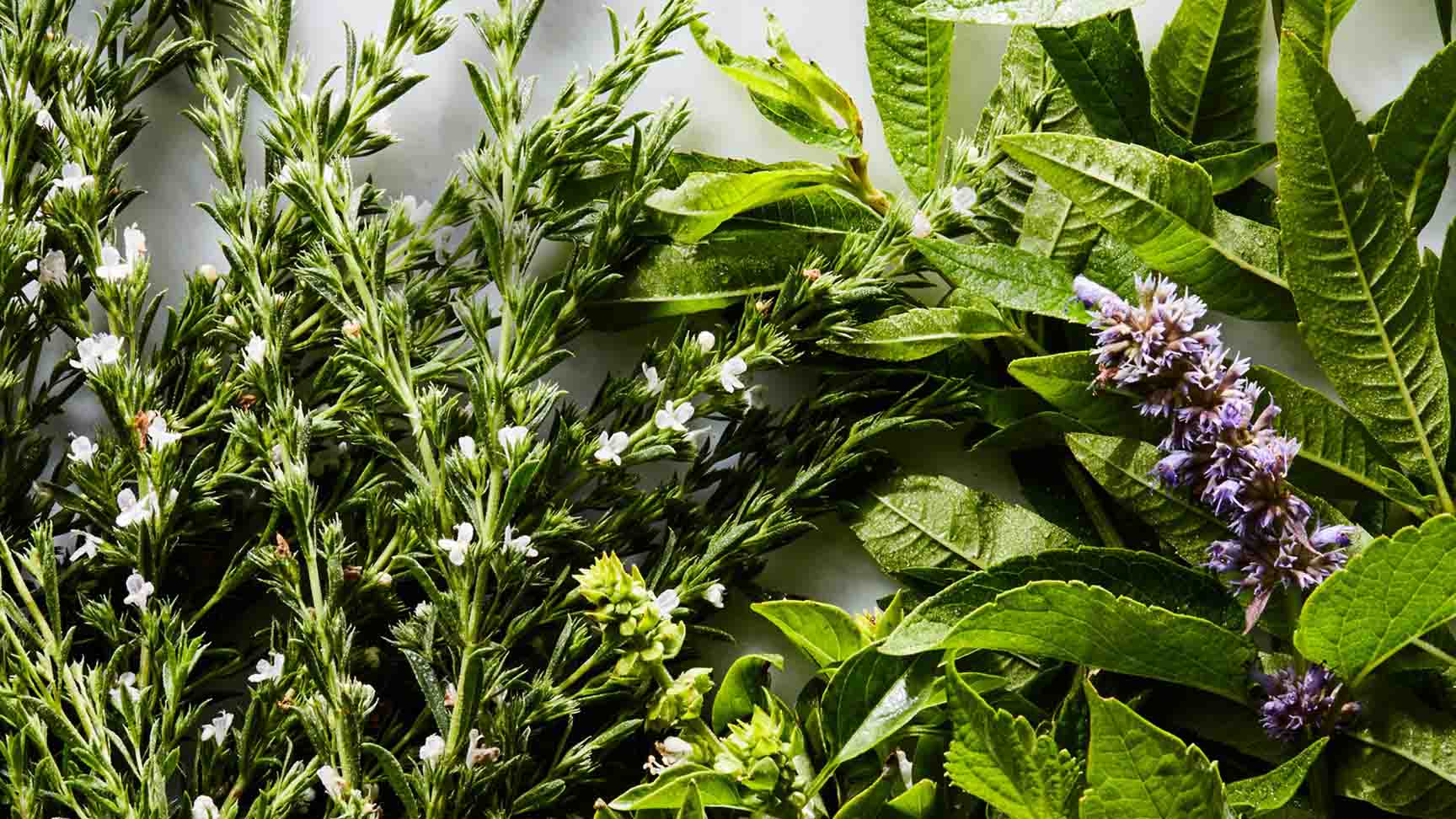
Fertilizer management
During the growth period of sage, ammonium sulfate diluted 1500 times is used, and the effect is better. Do not use urea at low temperatures. In order to make the roots of the plants strong and the branches and leaves lush, fertilize once every half a month during the growth period, spray potassium dihydrogen phosphate diluent to keep the potting soil moist, and add phosphorus and potassium fertilizer once before flowering.Temperature and light management
The temperature is appropriately lowered to 18°C after potting, and it can be reduced to 15°C after 1 month. If the temperature is below 15°C, the leaves will turn yellow or fall off; if the temperature is above 30°C, the flowers and leaves will be small and the plant will stop growing. In the hot summer, proper shading is required, and the seedling stage should be strengthened with light to prevent excessive growth.Plant shape finishing
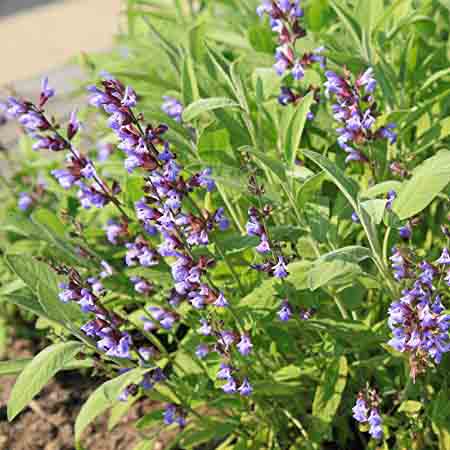
Field management
After the plant is mature, the seedlings can be thinned again to increase the distance and grow vigorously. After planting, keep the soil loose and no weeds in the field. The yield of fresh leaves in the first year of planting is not high, and after the second year, the yield of fresh leaves gradually increases, harvested when the flowers are not budding (fresh leaves can be extracted with aromatic oil or dried in the shade and sold as commodities). The second harvest was around mid-September, and the third harvest was before the frost in late October. Apply fertilizer and water in time after each harvest. Overwintering will be carried out after the third harvest at the end of October or early November to ensure the next year's output.Read Next:
Top 10 Most Beautiful Roses in the World
Top 10 Most Beautiful Flowers in the World
26 Best Autumn Flowers to Plant for Fall Color in Garden
Latest Updated
- Benefits of Bugleweed - 7 Science-backed Health Benefits
- Bugleweed Dangers & Side Effects - Is It Poisonous?
- How to Plant Evergreen Trees - What You Should Know
- When to Plant Evergreens - Grow Guide for Evergreen Trees
- 12 Wonderful Evergreen Shrubs for Your Garden
- 12 Popular Evergreen Plants with Pictures for Beginners
- When And How To Prune A Lilac Bush Like a Pro
- How to Grow & Care for Lilac Vine (Hardenbergia Violacea)
- Japanese Lilac Tree (Syringa Reticulata) Care & Propagation Guide
- Shumard Oak Pros and Cons - What to Know
Popular Articles
- Winter maintenance of Antirrhinum Majus
- How to Grow Terminalia Mantaly Tree
- How to Grow and Care for Crossostephium Chinense
- How to grow Antirrhinum Majus in spring
- Peristeria Elata (Dove Orchid) Profile: Info & Care Guide
- Underwatered Snake Plant (Sansevieria Trifasciata) - Signs And How To Fix
- How to Care for Brazilian Jasmine Plant (Mandevilla Sanderi)
- How to Grow & Care for Graptopetalum Purple Delight in Summer
- Rosa Chinensis (China Rose): Plant Growing & Care Tips
- How to Care for Baby Sun Rose (Aptenia Cordifolia)